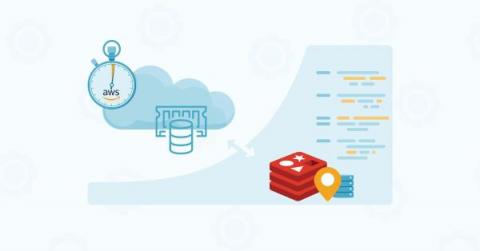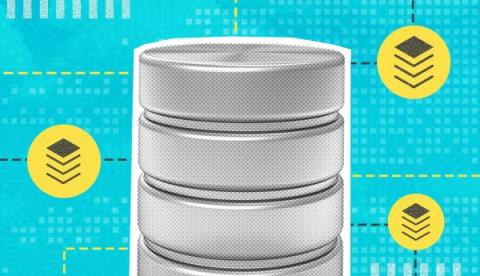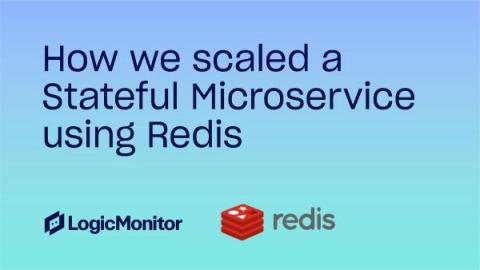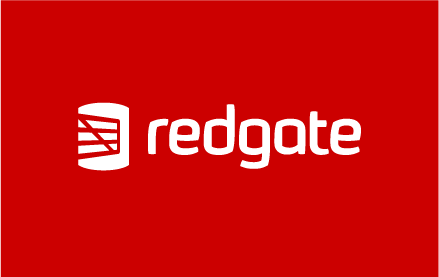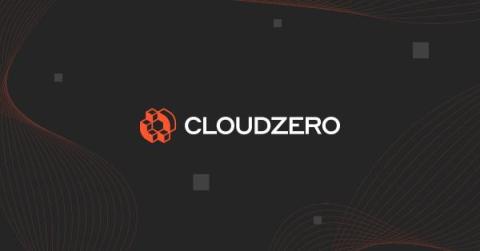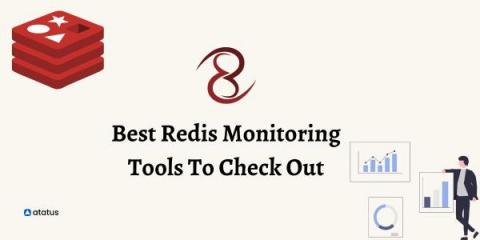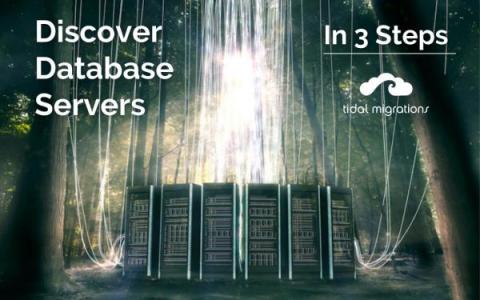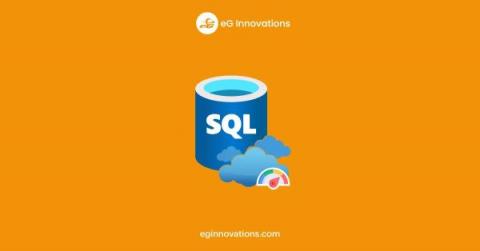What Is a Column Database and When Should You Use One?
If you are working with large amounts of data that will primarily be used for analytics, a column database might be a good option. There are a lot of different options when it comes to choosing a database for your application. A common discussion seems to be the high-level SQL vs. NoSQL database argument of whether data should be stored in a relational database or in a NoSQL alternative like key-value, document or graph databases.



